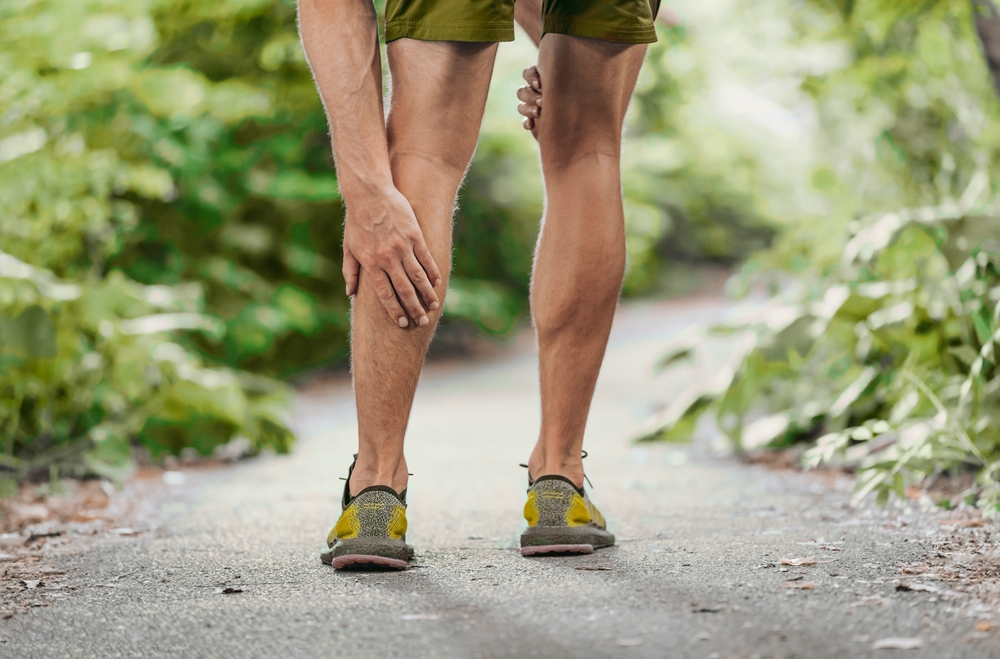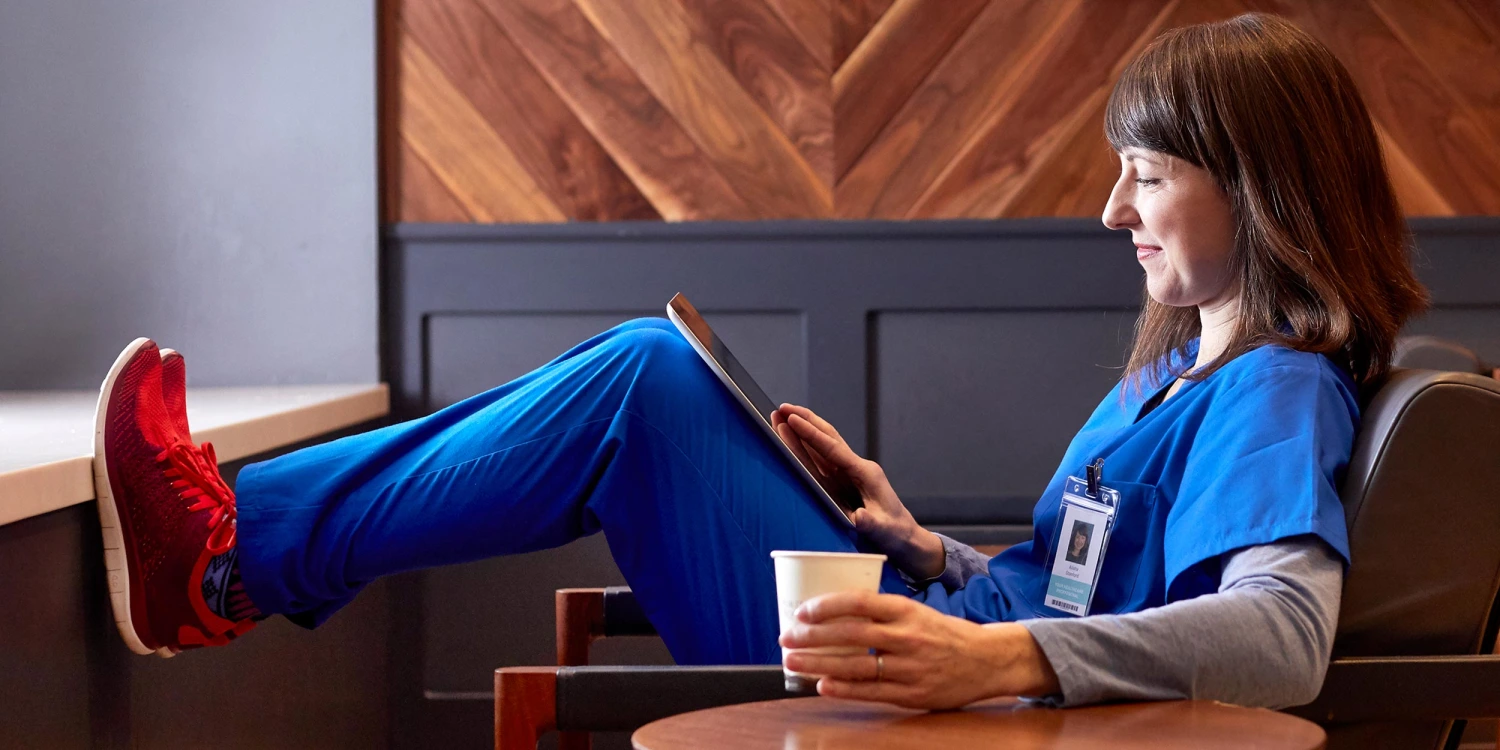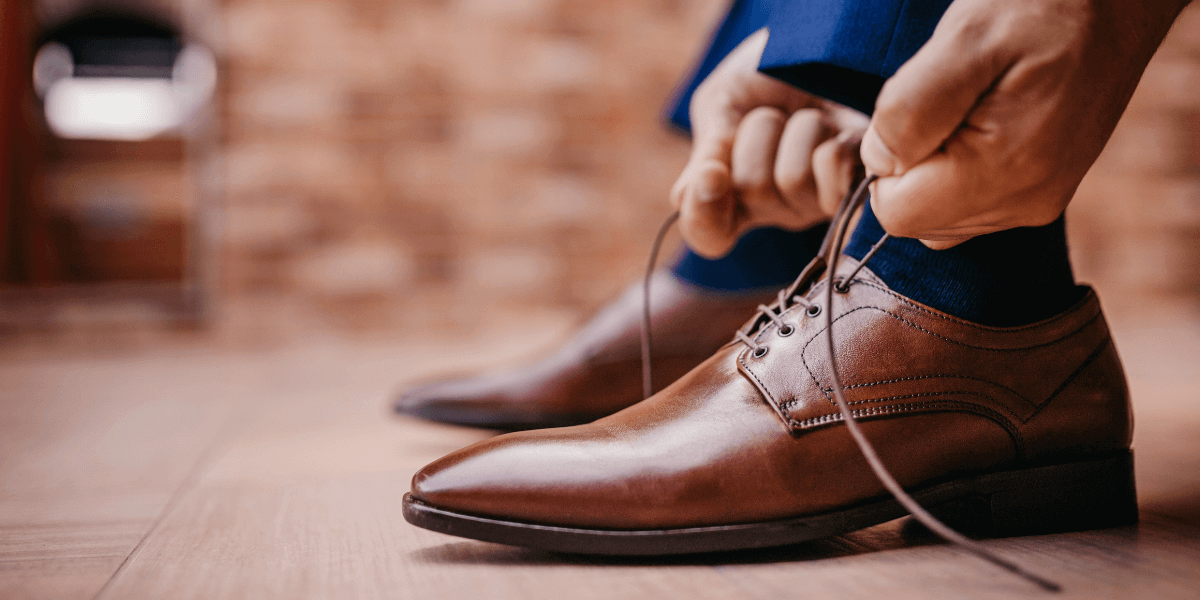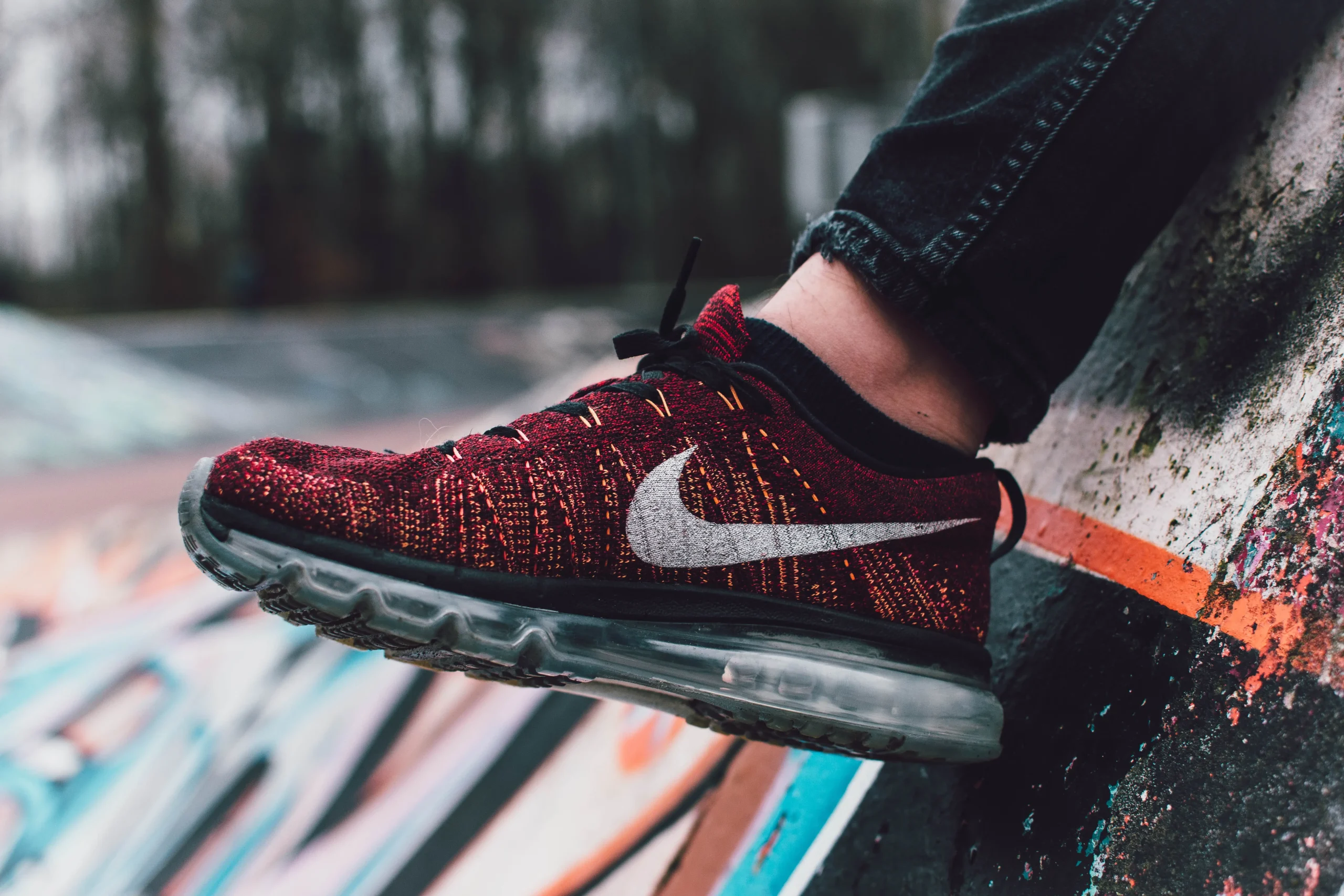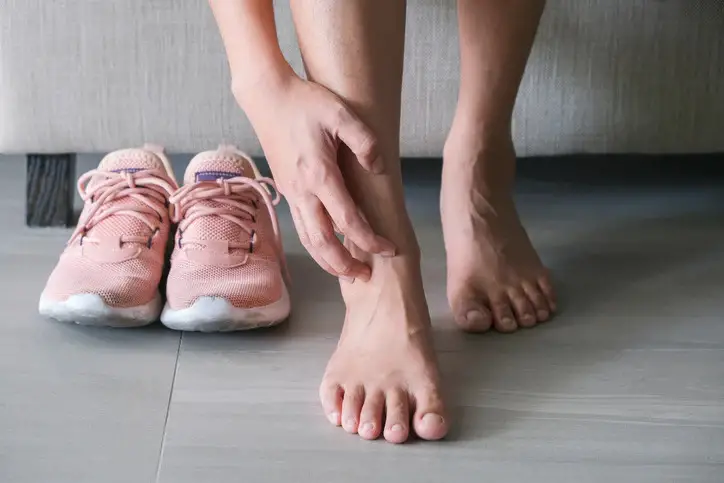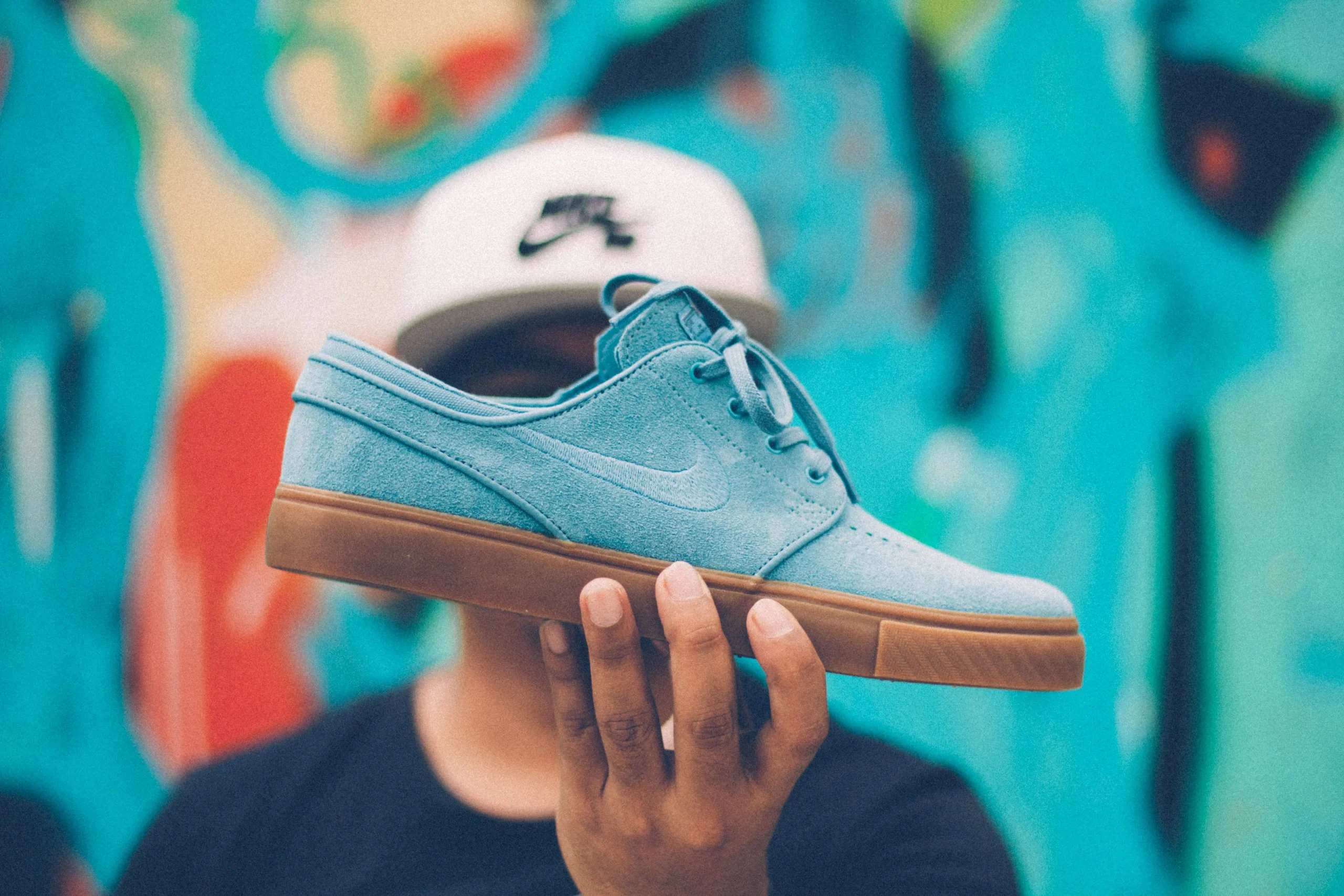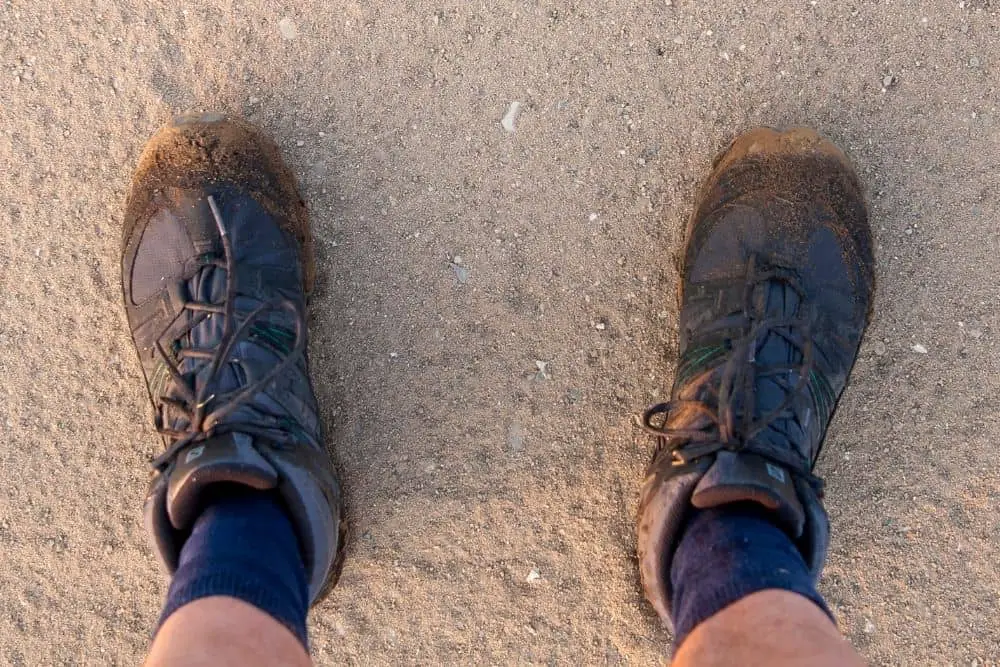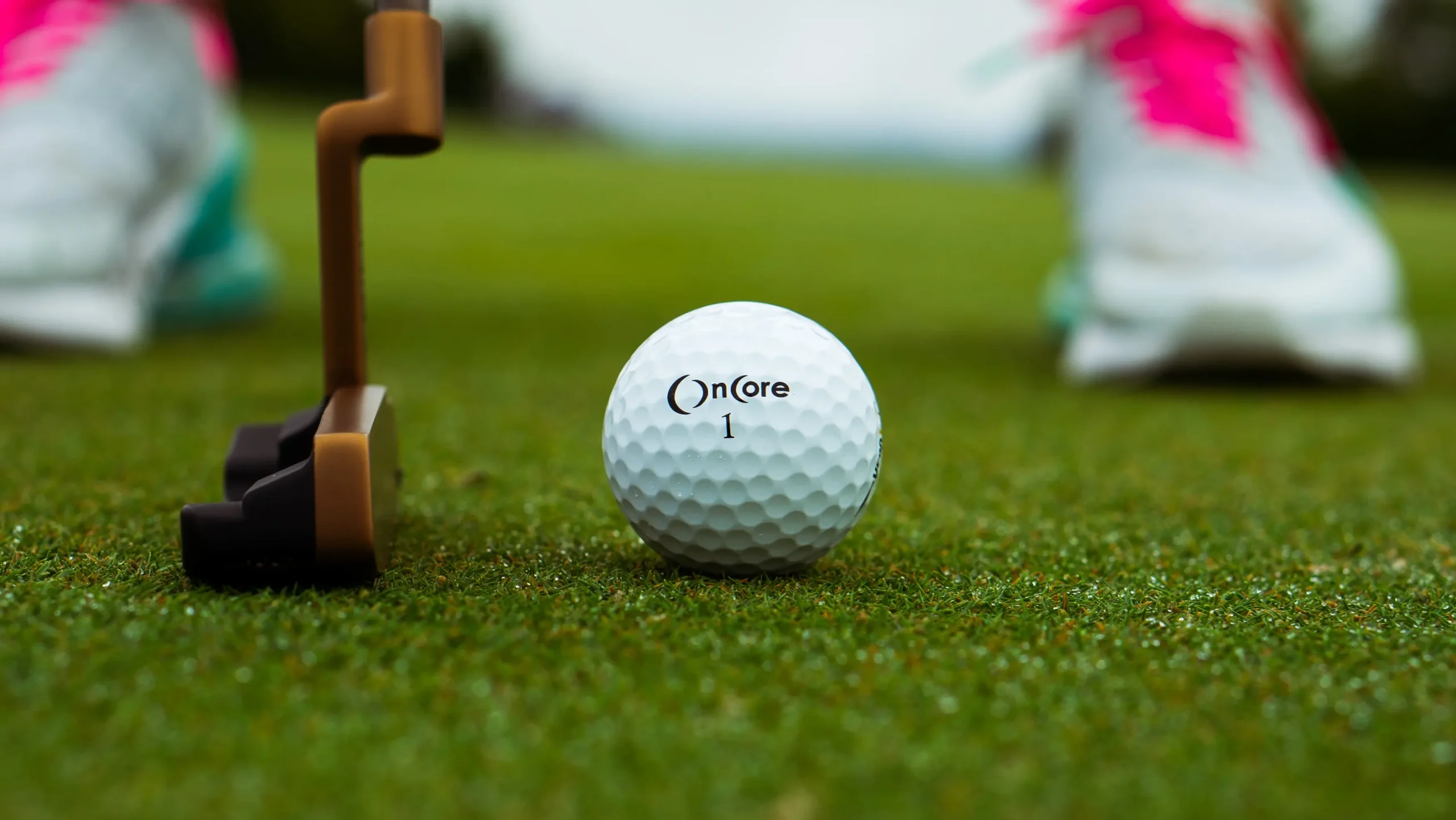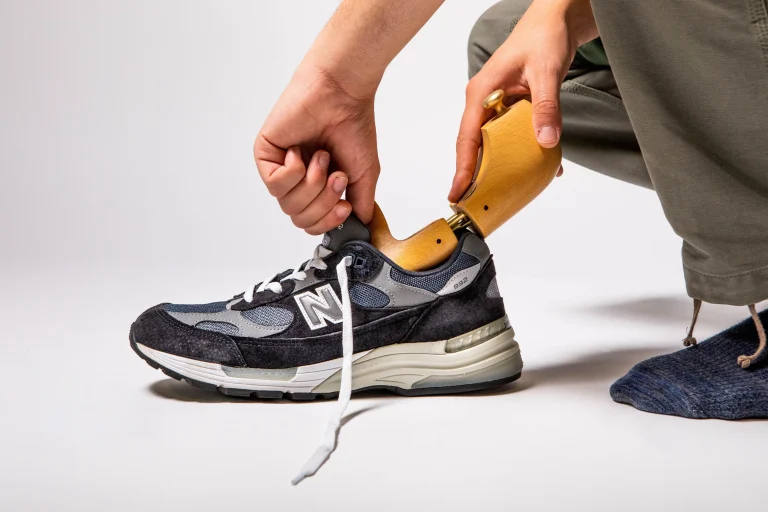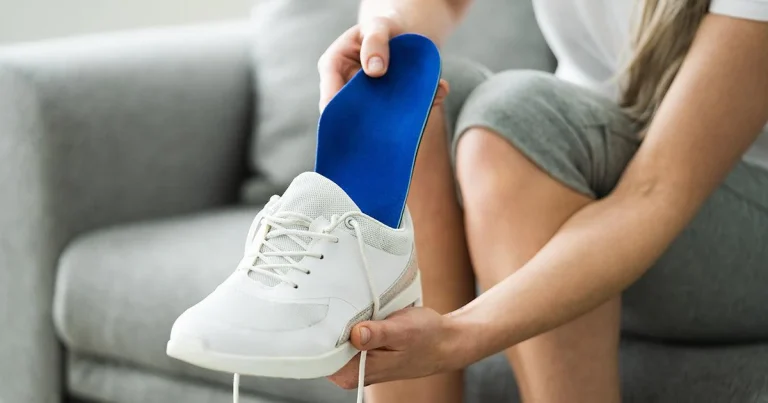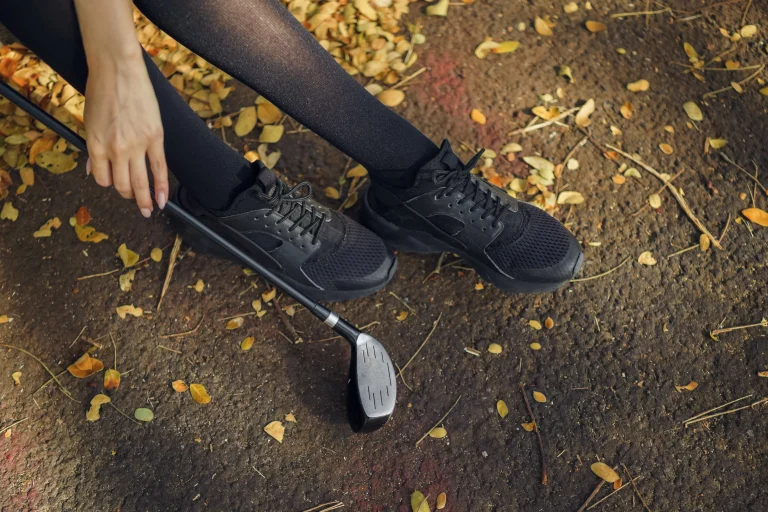Can Flat Shoes Cause Back Pain?
Flat shoes are a staple in many wardrobes, but can they be causing back pain? The lack of arch support in flat shoes has sparked a debate among experts. While some argue that this can lead to poor posture and back pain, others claim that flat shoes align with the foot’s natural anatomy, potentially alleviating discomfort. In this blog post, we will discuss whether flat shoes can cause back pain.
Understanding the potential impact of flat shoes on back health requires a nuanced exploration of biomechanics and individual differences.
On the low end of the fashion scale, flip-flops provide no support and can lead to pain from the feet up. In general, flat shoes do not provide any support for the back and can make back pain worse as people tend to wear these shoes all day.
Can flat shoes cause back pain?
Flat shoes can potentially cause back pain due to their lack of arch support. When the arches of the feet are not adequately supported, it can lead to overpronation (excessive inward rolling of the foot) and poor alignment of the lower body.
This, in turn, can cause strain on the muscles and ligaments of the back, leading to discomfort and pain.
Flat shoes may not provide sufficient cushioning or shock absorption. This further contributes to the potential for back pain, especially if worn for extended periods.
How do you prevent injury-related spine pain?
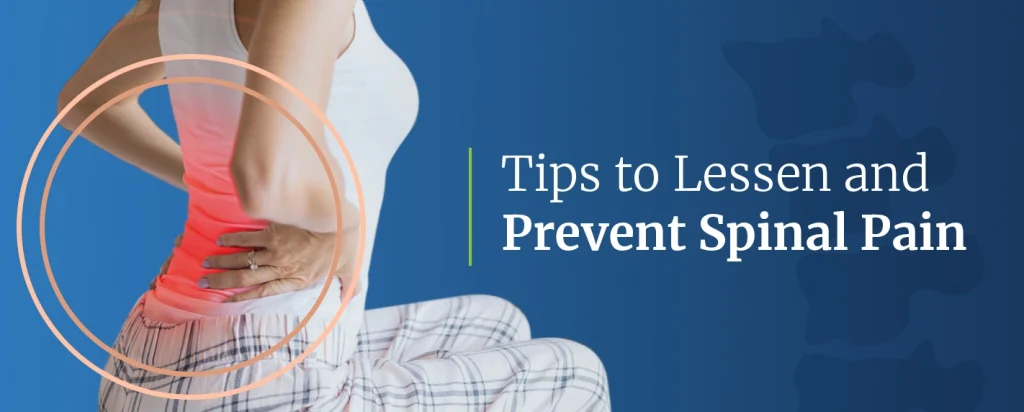
To prevent injury-related spine pain, there are several strategies you can employ. First, maintaining good posture is crucial.
Whether you’re sitting, standing, or lifting objects, it’s important to keep your spine properly aligned. Regular exercise, particularly activities that strengthen the core and back muscles, can also help support the spine and reduce the risk of injury.
When lifting heavy objects, use proper lifting techniques, such as bending at the knees and keeping the object close to your body.
Using ergonomic furniture and equipment, such as chairs and desks that support good posture, can help prevent spine pain.
Why Do Summer Shoes Cause Back Pain?
Summer shoes, such as flip-flops, often lack proper arch support and cushioning, which can lead to poor foot alignment and posture.
This can cause strain on the lower back and contribute to back pain. The lack of stability in some summer shoes can lead to altered gait patterns, further impacting the back and spine.
How to Find the Right Shoes?
To find the right shoes, consider factors such as proper arch support, cushioning, and a good fit.
Provide adequate support for your feet and promote healthy posture. Consider your specific foot shape and any existing conditions, such as pronation or supination, when selecting shoes.
Customize Shoes for Back Pain
Customizing shoes for back pain involves several strategies to provide tailored support and comfort.
One common approach is to use orthotic insoles or inserts, which can be customized to address specific foot and arch support needs. These insoles are designed to promote proper foot alignment, reduce overpronation or supination, and alleviate pressure on the lower back.
Selecting shoes with ample cushioning, shock absorption, and arch support can further customize footwear to address back pain concerns.
By combining these strategies, individuals can create a customized shoe solution that helps mitigate back pain and promotes overall spinal health.
| How To Prevent The Damage |
|---|
| Invest in regular trainers.Do exercises to tone and lose weight. Build strength in the ankle joints to improve stability. |
How can shoes cause back pain?
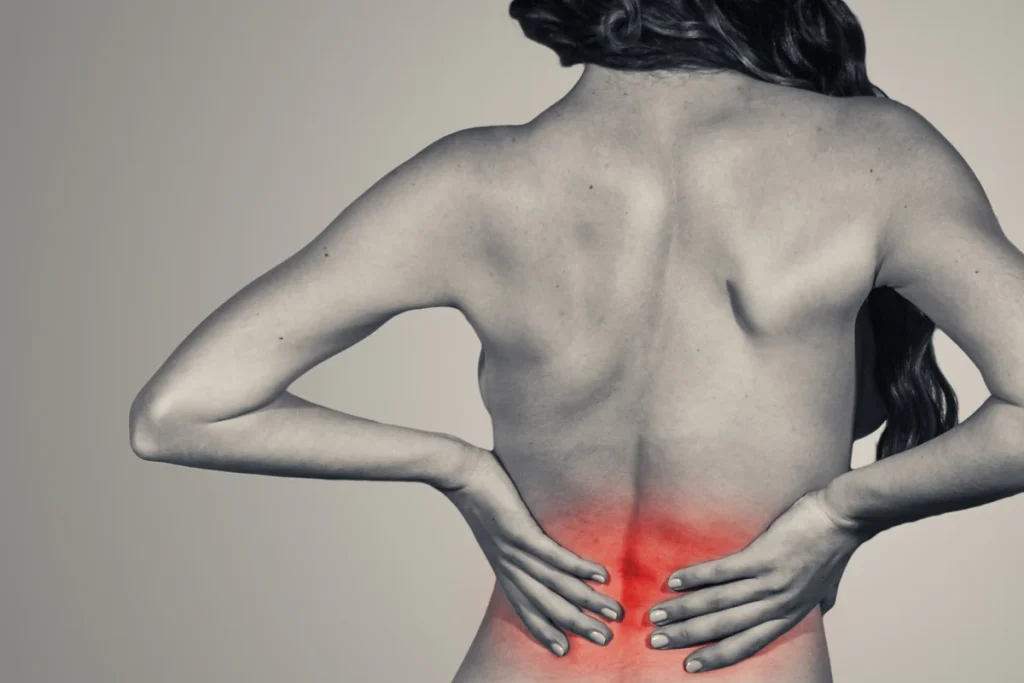
Shoes can cause back pain through various mechanisms. Footwear lacking proper arch support can lead to overpronation or supination, altering the natural alignment of the feet and subsequently affecting the entire kinetic chain, including the lower back.
Shoes with inadequate cushioning and shock absorption may result in increased impact on the body with each step, potentially leading to spinal misalignment and discomfort.
High-heeled shoes can cause an unnatural forward tilt of the pelvis, increasing the curvature of the lower spine and placing excessive pressure on the lumbar region, contributing to back pain.
Improperly fitting shoes can also lead to altered gait patterns and muscle imbalances, further impacting the back.
Understanding the impact of footwear on back health underscores the importance of selecting shoes that provide adequate support, and cushioning, and promote healthy posture to mitigate the risk of back pain.
How to prevent the damage
How to relieve back pain caused by shoes
Relieving back pain caused by shoes involves several strategies. First, consider wearing supportive footwear with proper arch support and cushioning to alleviate strain on the lower back.
Using orthotic insoles or inserts can help customize shoe support to address specific back pain concerns. Engaging in exercises to strengthen the core and back muscles can provide stability and support to the spine, reducing discomfort.
If back pain persists, seeking professional advice from a podiatrist or orthopedic specialist can help identify the underlying issues and provide tailored solutions.
Lastly, incorporating regular stretching and maintaining good posture can further aid in relieving back pain associated with footwear.
What Are Some Common MVA-related Spine Injuries?
Some common motor vehicle accident (MVA)-related spine injuries include whiplash, herniated discs, compression fractures, and spinal cord injuries.
Whiplash occurs due to the sudden back-and-forth movement of the neck, while herniated discs, compression fractures, and spinal cord injuries can result from the impact and forces experienced during a collision.
These injuries can lead to varying degrees of pain, limited mobility, and in severe cases, paralysis.
Seeking immediate medical attention after an MVA is crucial to assess and address any potential spine injuries and initiate appropriate treatment to prevent long-term complications.
What Is Recovery Like from A Spine Injury Following an MVA?
Recovery from a spine injury following a motor vehicle accident (MVA) can vary widely depending on the severity of the injury. In less severe cases, recovery may involve rest, physical therapy, and pain management to address symptoms such as pain and limited mobility.
For more serious injuries, such as spinal cord damage, recovery may involve extensive rehabilitation, adaptive equipment, and ongoing medical care. The recovery process can be lengthy and challenging, requiring patience and perseverance.
Individuals recovering from a spine injury following an MVA to follow their healthcare provider’s guidance, attend all recommended appointments, and actively participate in their rehabilitation program to optimize their recovery and long-term outcomes.
Conclusion
The relationship between flat shoes and back pain is complex and multifaceted. While some argue that the lack of arch support in flat shoes can lead to poor posture and back pain, others believe that these shoes align with the foot’s natural anatomy, potentially alleviating discomfort.
The impact of flat shoes on back health varies among individuals and requires a comprehensive understanding of biomechanics and personal preferences.

